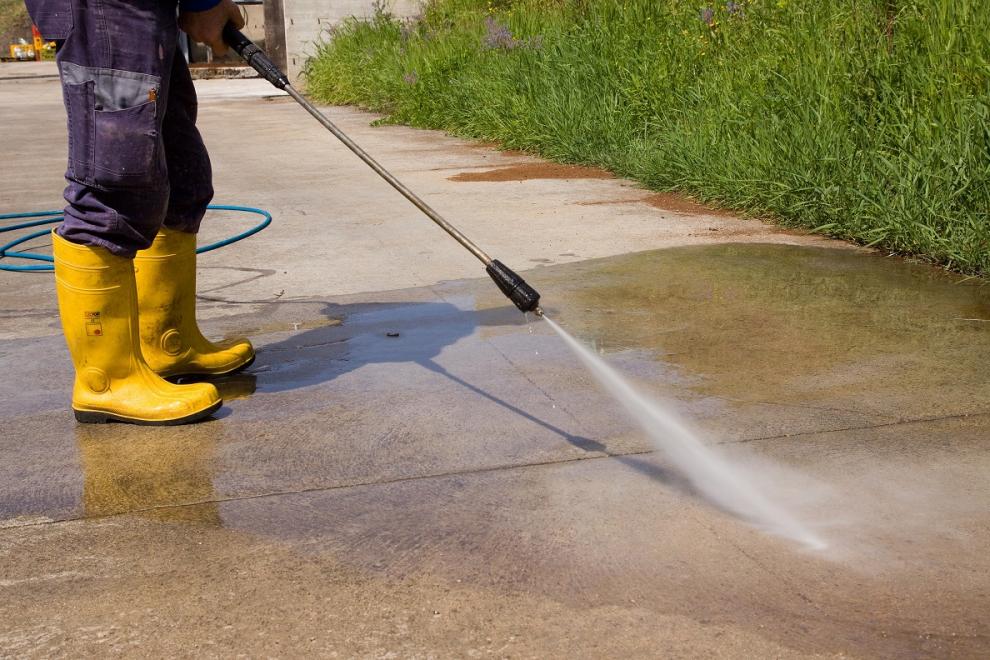2018
What is the Difference between Pressure Washing and Power Washing?

Often the terms “power washing” and “pressure washing” are used interchangeably – but are they really the same thing?
The basic function of the two operations is the same: they both use pressurized water to remove dirt and other materials from hard surfaces. However, there are some key differences between the two, which can help you to determine which service is right for you.
A Heating Element
One of the key differences between pressure washing and power washing is the use of a heating element. Both a pressure washer and a power washer create a powerful stream of high-pressure water, but a power washer also uses heat – which can changed how it is used drastically.
Power Washing
A power washer uses a high pressure stream of very hot water to remove dirt and materials from outdoor surfaces – the combination of pressure and heat means it can do a superior job on stuck-on materials, and it is great from removing residue like salt, mildew, and mold. The heat also makes it particularly good at removing sticky substances such as chewing gum from a sidewalk.
Pressure Washing
Pressure washers are more likely to be used at people’s own homes – it uses the same high-pressure water, but without the heating element. The regular temperature water still does a great job of blasting away dirt and debris but may not perform as well against tough stuck on substances or stains.
How to decide: pressure or power?
For regular household use, pressure washing is the way to go. Pressure washing is less harsh on surfaces, making it ideal for brick or concrete. Large jobs, such as a large commercial space mat require the added element of heat – a power washer may be quicker and more efficient for this heavier-duty type of cleaning. It is important to be careful what type of surface you are using your machine on though, as a power washer may be too harsh on certain surfaces.

